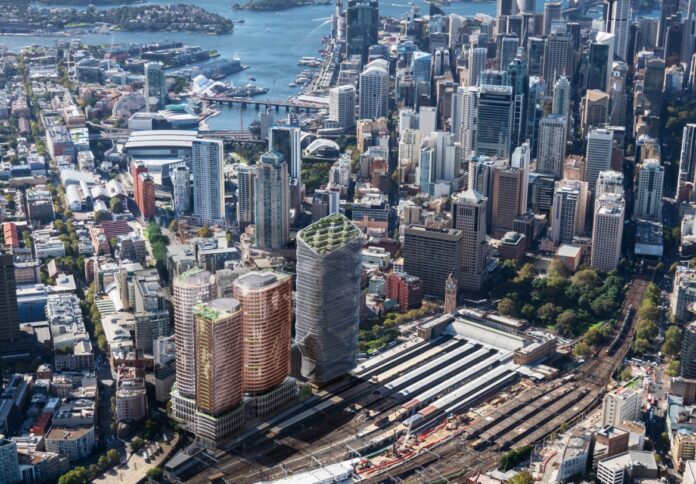
A new report from Australia’s national science agency CSIRO and the Tech Council of Australia has shed light on the location of the country’s burgeoning tech industry, bringing together extensive data from throughout the country to map and characterise the various digital tech clusters that are now developing.
The analysis, titled, “The Geography of Australia’s Digital Industries,” investigated how geographical concentrations of innovation, such as Silicon Valley in California, boost growth and productivity.
According to data, there are 96 digital clusters in Australia, with one in each state and territory. These clusters are growth engines, accounting for 63 per cent of all tech job creation in Australia although covering only four per cent of the country’s geographic area.
The report found that Australia has four superclusters, which are mega groupings of multiple clusters in the same city – the Sydney arc, the Melbourne diamond, the Brisbane corridor, and the Canberra triangle.
Acting Chief Executive of CSIRO Kirsten Rose noted that it was crucial to comprehend these patterns because of the numerous advantages that research from other countries has demonstrated.
“The experience globally has shown that firms in clusters grow, employ and innovate at a faster rate,” she said.
“We know comparatively little about this in Australia, but what this report tells us very clearly is that geography matters and understanding that geography can help us catalyse growth,” Rose remarked.
Dr Stefan Hajkowicz, principal researcher at the CSIRO and the report’s lead author, said the study found four capital city super clusters along the east coast as well as important, but smaller clusters in cities like Perth, Hobart, and Darwin.
The report also noted the emergence of highly specialised clusters in rural areas. For instance, the graphic design industry is expanding quickly in coastal communities like Burleigh Heads.
“We’re not searching for Australia’s Silicon Valley, we have our own clusters with their own unique blend of technology specialisations, companies, and cultures,” Dr Hajkowicz stated.
He added, “But we do see the same patterns of intense spatial clustering of technology industry occurring in places like California (USA), Cambridge (UK), Toulouse (France) and other places worldwide.”
Additionally, Australia has 60 major city clusters, which are individual clusters in larger capital city districts with sizable and diverse tech workforces and businesses.
According to Kate Pounder, CEO of the Tech Council of Australia, the 36 regional speciality clusters, which include Noosa, Newcastle, Queanbeyan, Geelong, and Torquay, demonstrate that digital innovation can happen anywhere in Australia.
”This research shows that great ideas and industries can spring up anywhere in Australia,” Pounder said.
She added, “It’s an incredible achievement as a nation to have 96 different clusters spread around the country creating jobs and opportunity for a range of communities and workers.”
For more information about the report, you may visit this link.



















